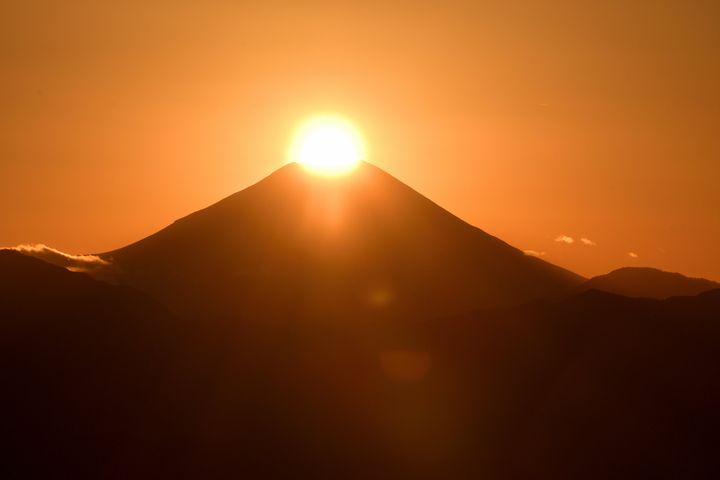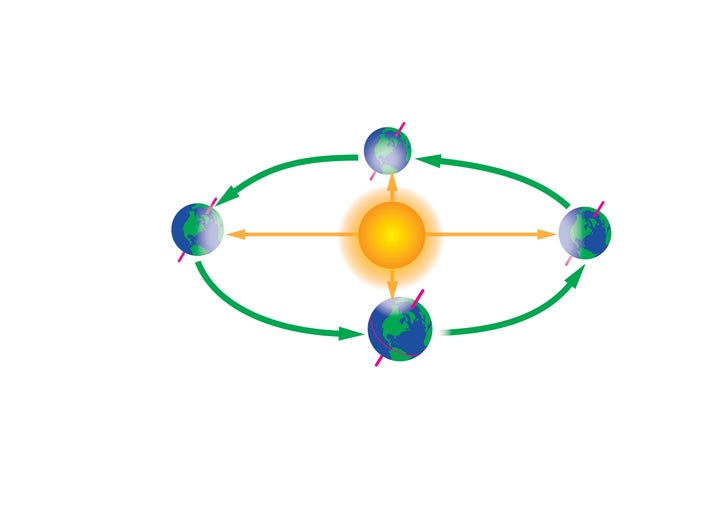
The winter solstice is a landmark occasion, and has been celebrated around the world for centuries. But how much do you you really know about it?
What is the winter solstice?
Otherwise known as the shortest day (or night) of the year, this is the 24-hour period with the fewest hours of sunlight for those in the Northern Hemisphere.
The Royal Museums Greenwich (RMG) says this year the winter solstice will occur on Friday, December 22, at 3.27am.
The shortest day lasts seven hours, 49 minutes and 42 seconds in London.
Some perceive it as the true start of winter, others see it as the centre point of the season, while meteorologists – and many calendars – see December 1 as the actual starting point for winter.
In the UK, it’s particularly associated with Stonehenge, an ancient site where the Sun’s light lines up with the stone arrangement. People gather at the monument to see the sunrise.
As English Heritage’s website explains: “Winter might have been a time of fear as the days grew shorter and colder.
“People must have longed for the return of light and warmth. Marking this yearly cycle may have been one of the reasons that Neolithic people constructed Stonehenge – a monument aligned to the movements of the sun.”
Why does it happen?
As the RMG explains, it all comes down to the Earth’s 23.4 degree tilt, which gives us the four seasons as we know it.
The tilt means “the arc the Sun moves through during the day will rise and fall across the year as the Earth’s pole points either towards or away from the Sun” – giving us the summer and winter solstices, and the spring and autumn equinoxes (when there’s an equal amount of day and night).
It also happens when the Sun is the lowest in the sky for the Northern Hemisphere, when the North Pole is pointing away from the Sun.
That’s why it’s summertime in the Southern Hemisphere – the south pole is pointing towards the Sun.
Solstice comes from the Latin word “solstitium”, meaning Sun stands still.
RMG’s website explains this is “because the apparent movement of the Sun’s path north or south stops before changing direction”.

What happens after the solstice?
Days start to get longer again, and the nights getting shorter, as we start moving towards spring.
But, just because the solstice has passed, doesn’t mean the worst of the weather has passed.
There is a lag in changes in temperature and weather patterns, so the coldest temperatures during the day can be felt even when the days are getting longer.
So, what does it have to do with Christmas?
The old Julian calendar – used from around 46 BCE – used to celebrate the winter solstice on December 25.
The Gregorian calendar, introduced in the 1500s, ended up rearranging the dates of the year so the solstice became December 21 – but Christians continued to celebrate Jesus’s birth on the original date, December 25.
What about Yuletide?
Before Christmas, there was Yule, or the 12-day Feast of Juul, celebrated in Scandinavia to coincide with the December solstice.
RMG says: “Fires would be lit to symbolise the heat and light of the returning Sun and a Yule log was gathered and burnt in the hearth as a tribute to the Norse god Thor.”
Some of these traditions have carried over to our current Christmas traditions, like the Yule log.
Yule can therefore refer to the Christian holiday, or the winter solstice still observed in some Pagan traditions.
Yuletide (tide meaning time) typically refers to either the days following Christmas Day in the broader festive season, or, if you’re referring solely to the Pagan practice, December 21 to January 1.
Who else celebrates the winter solstice?
The winter solstice is celebrated around the world, as a time for celebration when many communities are dealing with 18 hours of nightfall.
Ancient Rome celebrated Saturnalia, from December 17 until 27, to honour the father of the gods Saturn.
In East Asia, Dongzhi festival celebrated the return of longer daylight hours, and can be linked to the philosophy of balance and harmony (yin and yang).
And in Iran, Yalda – the night of forty – celebrated on the longest and darkest night, see friends and families gather to eat, drink and read poetry.